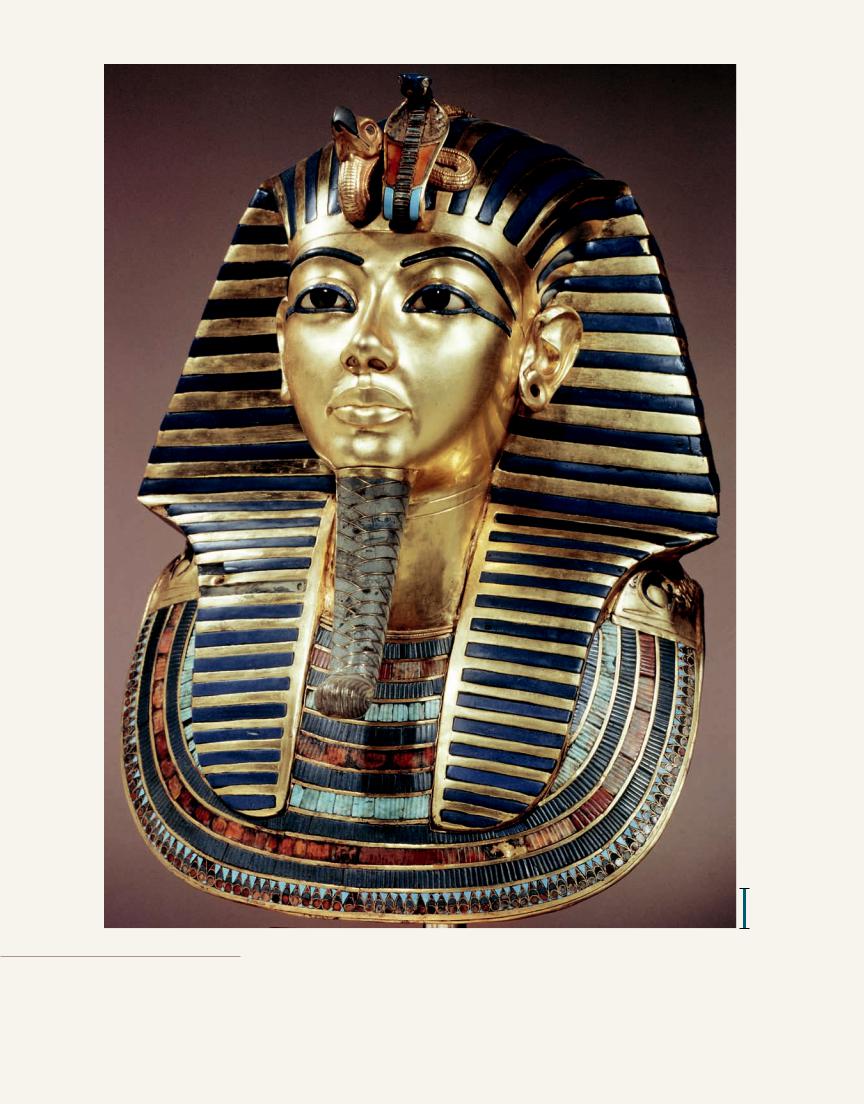
C2
.pdf
T H E B I G P I C T U R E
T H E A N C I E N T N E A R E A S T
SUMERIAN ART, ca. 3500–2332 BCE
The Sumerians founded the world’s first city-states in the valley between the Tigris and Euphrates rivers and invented writing in the fourth millennium BCE.
They were also the first to build towering temple platforms, called ziggurats, and to place figures in registers to tell coherent stories.
Standard of Ur, ca. 2600 BCE
AKKADIAN ART, ca. 2332–2150 BCE
The Akkadians were the first Near Eastern rulers to call themselves kings of the world and to assume divine attributes. The earliest recorded name of an author is the Akkadian priestess Enheduanna.
Akkadian artists may have been the first to cast hollow life-size bronze sculptures and to place figures at different levels in a landscape setting.
NEO-SUMERIAN AND BABYLONIAN ART, ca. 2150–1600 BCE
During the Third Dynasty of Ur, the Sumerians rose again to power and constructed one of the largest ziggurats in Mesopotamia at Ur.
Gudea of Lagash (r. ca. 2100 BCE) built numerous temples and placed diorite portraits of himself in all of them as votive offerings to the gods.
Babylon’s greatest king, Hammurabi (r. 1792–1750 BCE), established a comprehensive law code for the empire he ruled. Babylonian artists were among the first to experiment with foreshortening.
ASSYRIAN ART, ca. 900–612 BCE
At the height of their power, the Assyrians ruled an empire that extended from the Persian Gulf to the Nile and Asia Minor.
Assyrian palaces were fortified citadels with gates guarded by monstrous lamassu. Painted reliefs depicting the king in battle and hunting lions decorated the walls of the ceremonial halls.
NEO-BABYLONIAN AND PERSIAN ART, ca. 612–330 BCE
In the sixth century BCE, the Babylonians constructed two of the Seven Wonders of the ancient world. The Ishtar Gate, with its colorful glazed brick reliefs, gives an idea of how magnificent Babylon was under Nebuchadnezzar II (r. 604–562 BCE).
The capital of the Achaemenid Persians was at Persepolis, where Darius I (r. 522–486 BCE) and Xerxes (r. 486–465 BCE) built a huge palace complex with an audience hall that could accommodate thousands. Painted reliefs of subject nations bringing tribute decorated the terraces.
Alexander the Great conquered the Persian Empire in 330 BCE.
Portrait of an Akkadian king, ca. 2250–2200 BCE
Stele of Hammurabi,
ca. 1780 BCE
Lamassu, citadel of Sargon II, Dur Sharrukin, ca. 720–705 BCE
Ishtar Gate, Babylon, ca. 575 BCE

1 in.
3-1 Death mask of Tutankhamen, from the innermost coffin in his tomb at Thebes, Egypt, 18th Dynasty, ca. 1323 BCE.
Gold with inlay of semiprecious stones, 1 9– high. Egyptian Museum, Cairo.
1
4
The extraordinary treasures in the boy-king Tutankhamen’s tomb attest to the wealth the Egyptian pharaohs lavished on preparing for the afterlife. Tutankhamen’s mask is gold with inlaid gems.
